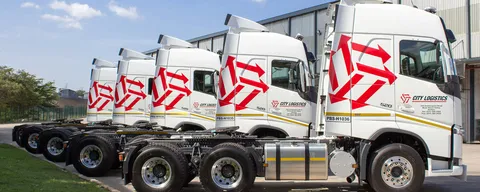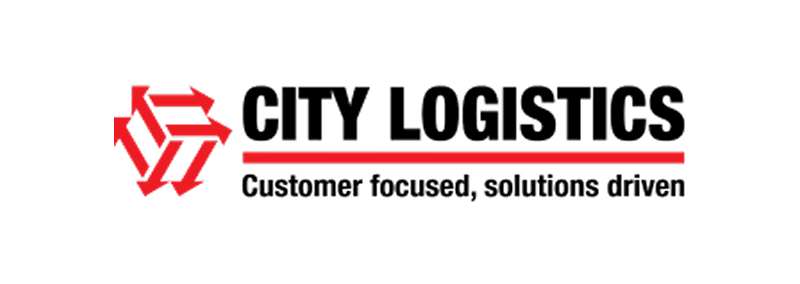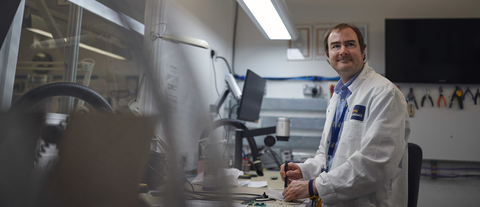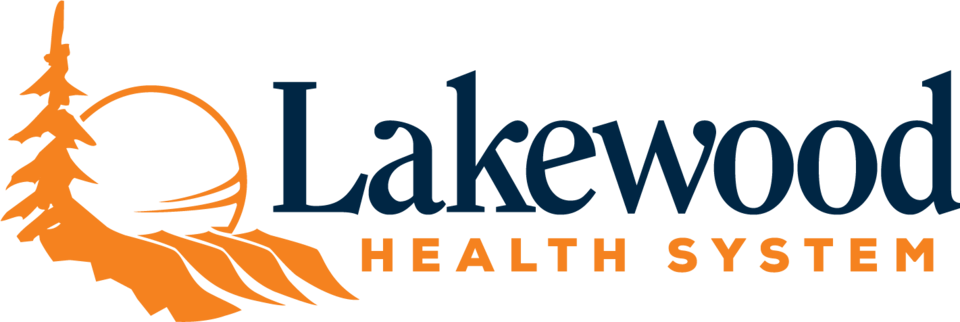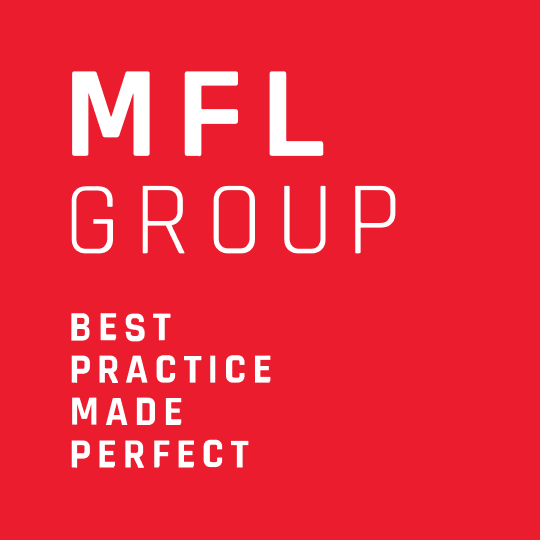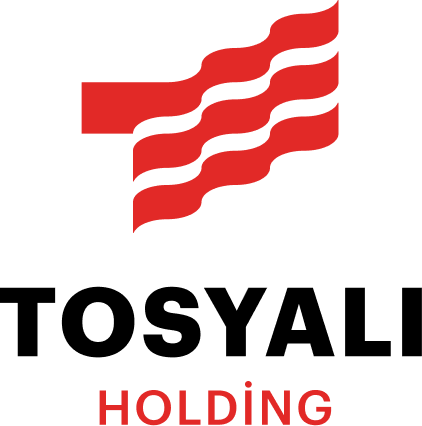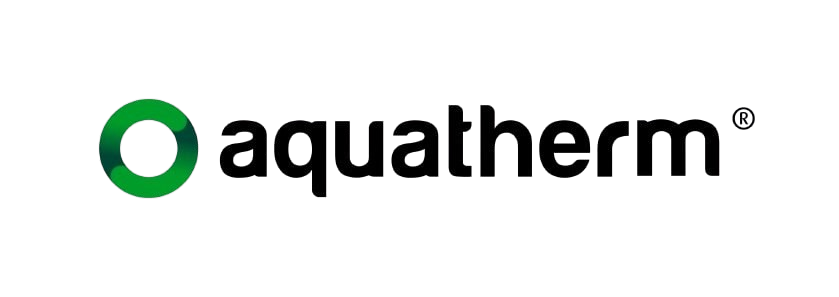CUSTOMER STORIES
Why IT Leaders Choose Veeam
When it comes to your business’ data protection needs, Veeam is the Modern Data Protection leader you can trust with 450,000+ customers worldwide.
All Products
Veeam Data Platform Essentials
Veeam Cyber Secure
Veeam Data Platform
Veeam Backup & Replication
Veeam Data Cloud
for Microsoft 365
Veeam Data Cloud for Microsoft Azure
Veeam Data Cloud Vault
Veeam Backup for Microsoft 365
Veeam Backup for Salesforce
Veeam Service Provider Console
Veeam Backup for AWS
Veeam Backup for Microsoft Azure
Veeam Backup for Google Cloud
Veeam Management Pack for Microsoft System Center
Veeam Cloud Connect
Veeam Kasten for Kubernetes
All Industries
Agriculture & Mining
Automotive
Biotechnology
Business Services
Chemicals
Education
Electronics
Energy & Utilities
Engineering
Financial Services
Food & Beverage
Government
Healthcare
Hospitality & Travel
Manufacturing
Media & Entertainment
Not For Profit
Other
Pharmaceuticals
Real Estate & Construction
Recreation
Retail
Technology
Telecommunications
Transportation
Wholesale & Distributors
Business Sizes
Enterprise
Medium-sized
Small Business
All Regions
Global
Asia
Australia & New Zealand
Europe
Latin America
Middle East & Africa
North America
Alliance Partners
AWS
Cisco
Dell EMC
Exagrid
HPE
IBM
Lenovo
Microsoft
NetApp
Nutanix
Pure Storage
Quantum
VMware
Partner Ecosystem
Technology Alliance partner
Veeam Cloud & Service Providers
English
English
Deutsch
Español
Français
Italiano
Português
日本語
中文(简体)
Nederlands
Polski
Türkçe
한국어
Asset Type
Customer Story
Customer Quote
Customer Video
Santa Clara County Office
Santa Clara County Office of the Sheriff achieves data resilience with Veeam and saves $40,000 annually
Lakewood Health System
Lakewood Health System enhances patient care with Veeam's data resilience and portability solutions
LAZZEN
LAZZEN provides reliable and efficient smart power solutions backed by Veeam’s comprehensive data resilience
aquatherm
aquatherm deploys Veeam for simplified workload mobility and achieve data resilience
IHMA
IHMA protects critical microbiology data and meets rigorous compliance standards with Veeam
Sorry, we do not have any stories under selected criteria
Check How Our Customers Are Rating Us
* Ratings and reviews 4.6/5 based on 1652 reviews as of Apr 19, 2024 in Enterprise Backup and Recovery Software Solutions. GARTNER is a registered trademark and service mark, and PEER INSIGHTS is a trademark and service mark, of Gartner, Inc. and/or its affiliates in the U.S. and internationally and are used herein with permission. All rights reserved. Gartner Peer Insights content consists of the opinions of individual end users based on their own experiences with the vendors listed on the platform, should not be construed as statements of fact, nor do they represent the views of Gartner or its affiliates. Gartner does not endorse any vendor, product or service depicted in this content nor makes any warranties, expressed or implied, with respect to this content, about its accuracy or completeness, including any warranties of merchantability or fitness for a particular purpose.






